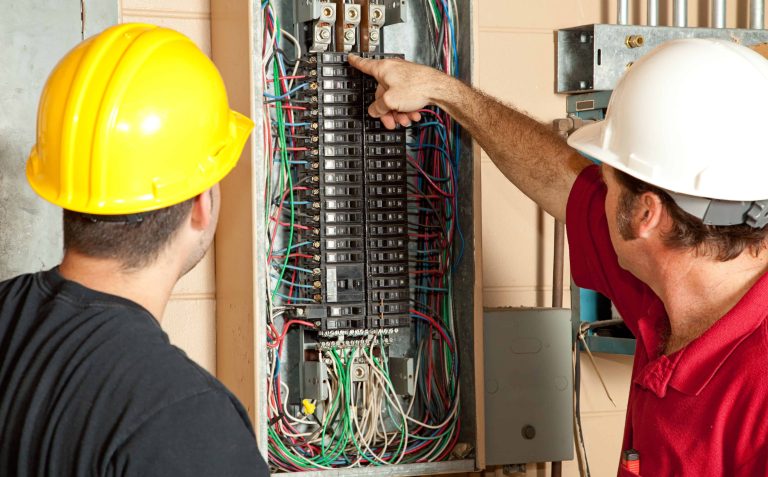When you start having issues with your home’s electrical system such as lights flickering or bad smells, this can be a sign that it is time to replace your electrical panel. However, that is not the only upgrade you can make to your home’s electrical system. Here is more information about home electrical upgrades, why such services are needed, and improvements you can make.
Starting With The Panel
Your home’s electrical panel is often the first step in upgrading your home’s electrical system. This is because when you upgrade your panel you can increase the amount of power that you can make use of, which makes further improvements more viable.
You also remove any old or damaged circuit breakers that may have been negatively impacting your home’s electrical system.
When updating your electrical panel you’ll also want to have the power meter replaced so it works correctly with the new electrical panel. After making these upgrades, you should see improved performance in your home due to better power distribution.
Adding dedicated circuits when making these upgrades can more effectively power appliances that use a lot of electricity, such as your AC unit. This helps prevent power shortages and circuit tripping, which can damage your appliances and electrical system.
Consider How Old Your Home Is
If your home is older, you will want to upgrade your electrical system for greater safety and performance. Older homes (40 years and older) were wired to handle lower levels of amps across the home due to lower electrical needs. In the modern world, the need for power has greatly increased due to improvements in technology and its widespread use.
Modern homes make use of computers, climate controls, video game systems, and other electronics. In addition, most circuit panels need replacing after 25 to 35 years anyway due to age, so if your home is 30 to 40 years old, a professional inspection and upgrades are likely needed.
New Electrical Outlets
When you’ve upgraded your home’s electrical system, one of the improvements you can make use of is more advanced electrical outlets. These modern outlets offer features beyond plugging things in.
- Ground Fault Circuit Interrupters: abbreviated to GFCI, these outlets are typically installed in areas where water exposure is an expected danger, such as in a kitchen or bathroom. GFCI outlets have red and black buttons for testing and resets. The advantage a GFCI outlet offers is that it cuts off the electrical circuit when a shock hazard is detected, such as water.
- Arc Fault Circuit Interrupters: also called AFCI outlets an AFCI also has text and reset buttons just like a GFCI outlet. The difference is that AFCI outlets are designed to monitor the current load and cut the circuit if there is a spike in the current. This helps protect you from sparking or fires due to shorts or power surges. AFCI outlets are labeled so they are not confused with a similar GFCI outlet.
- Tamper-Resistant Receptacles: or TRR outlets are designed to prevent objects from being inserted into them that should not be. For example, a TRR outlet can use a power plug but items such as paperclips won’t be able to be inserted. These types of plugs are required in new homes but may not be found in older ones. These types of plugs should be a safety priority if you have young children.
- Other Outlets: other unique outlets you can add to your home include ones with USB ports for charging, recessed outlets which make plugging in tight spaces easier, and LED outlets that double as nightlights.
Replacing your home’s electrical panel makes your home more efficient, safer, and allows for the addition of useful add-ons that make your life more convenient.

